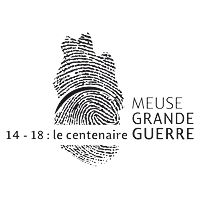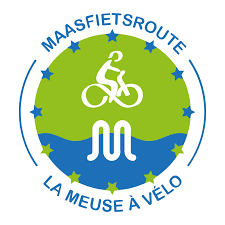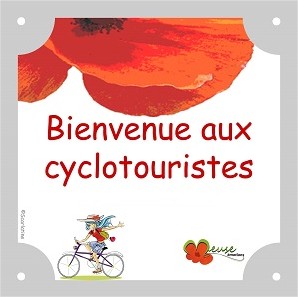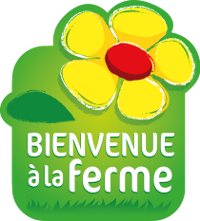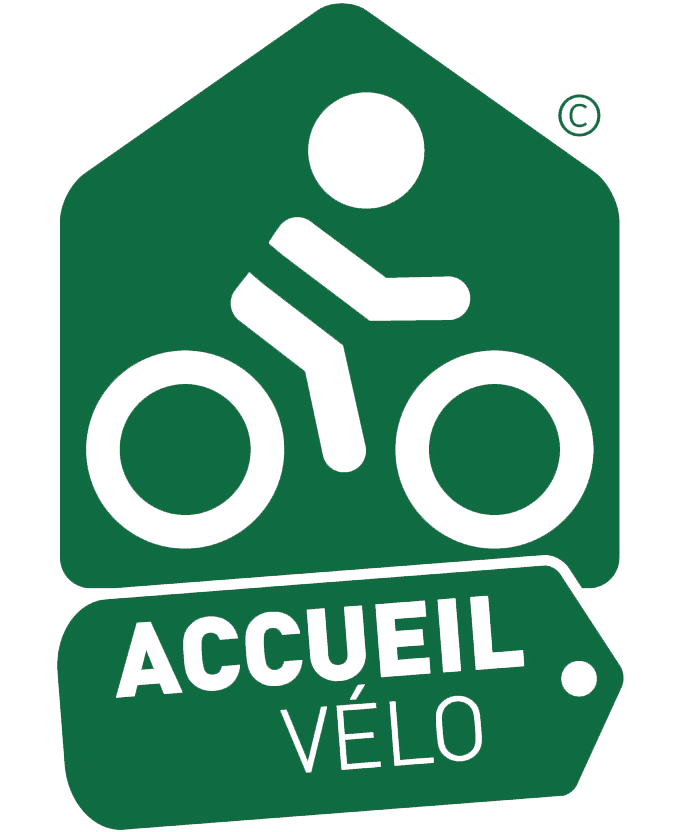Nature
Nature is omnipresent in this rich green region. Maxey sur Vaise is situated in the Meuse valley, at the foot of a wooded hill with beautiful paths to follow.
The Meuse valley is a nature park with a large ecological wealth that is classified on many levels: departmental level (Espace Naturel Sensible), national level (ZNIEFF en ZICO) and European level (Natura 2000).
The fauna and flora of the Meuse valley are both very special because the Meuse is a river whose natural habitat is still protected: the stream bed moves slowly with time and the course of the successive high water levels.
In this way, numerous natural habitats, who are connected to this particular quality, are formed through the centuries: meanders, death arms, swamps, eroded banks, humid pastures,...
This mosaic of habitats is appropriate for a large diversity of flora and fauna. We can count more than 134 species of birds! Some live in the pastures, others in the water or even in the forest. Besides this wealthy bird world, there are numerous other remarkable animals in and beside the banks of the Meuse river: the beaver, bats like the greater mouse-eared bat or the lesser horseshoe bat that hunt flying insects above the river, dragonflies that reproduce, and of course numerous fish species....
Some of the most remarkable environments:
The riverbeds of the Meuse
The river hosts numerous fish species that enjoy stimulating the greed of the fishermen, novice fishermen as well as the experienced fishermen...
The meanders of the river make a lot of different bank silhouettes, going from steep edges that overhang for several meters the river till small pebbled beaches that extend over the undeep water. The youngest of us can in that way enjoy the beaches to plod and to discover small fish, larvas and water insects that hide themselves in the reed and the water plants.
The banks of the Meuse and its annexes
This is the kingdom of water and bank plants. During your excursions the perfumes of the water mint, the calamus and the buds of the popular will definitely enchant you. The dominating tree species is the white willow with its particular green leaves. The purple loosestrife, the iris or more the marsh-marigold offer their colour palette and complete the painting that's enhanced by the ballet of the dragonflies....
Look forward during your holiday to meeting the common kingfisher, the sand martin, the grey heron, the great egret, the osprey,...
The mowing pastures or pastures
The pastures of the alluvial valley are worked by farmers and are generally pastures for the cattle (cows and sheep) or are mowed to make hay for the same cattle.
The winter floods cover the pastures every year and change temporary but radically the landscape of the valley into big areas of open water where here and there bushes, hedges or isolated trees show up.
Farm crops
The main crops in the area are cereal crops (wheat, barley, and oat) but also colza, maize and sunflowers. During spring there is the flowering of the colza, which converts the landscape in a great yellow colour. The waving movement of the wheat and other crops charm the view.
The forests
The Meuse is the third most forested department of France. The area of Maxey sur Vaise offers numerous hiking possibilities in the forests where you can discover this particular environment and its animals. With a little bit of patience and discretion you can observe deers, foxes, badgers, wild boars or squirrels...
Calcareous grassland
The calcareous grasslands are in general on the sides of the hills. This dry environment offers place to a very specific flora and more particularly to several orchid species like the bee orchid, bumblebee orchid, fly orchid, goat orchid, pyramidal orchid, man orchid,...
The site of La Blanche Côte, situated at some kilometers of Maxey sur Vaise, is well-known by the botanists of the area...
The fauna is quiet original for the area. You can discover especially the red-backed shrike, the European mantis or the libelloides, typical for warm and dry biotopes.






